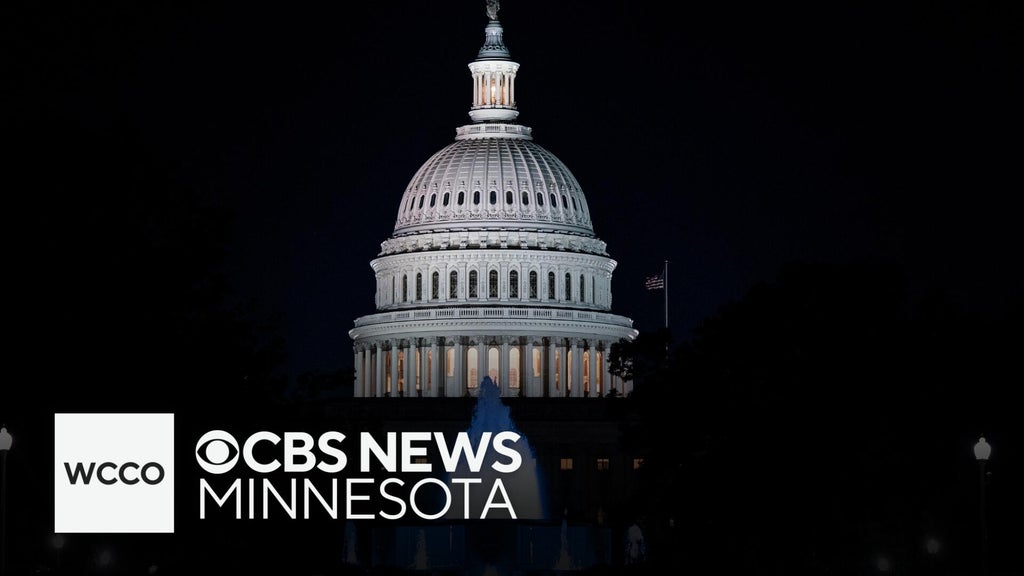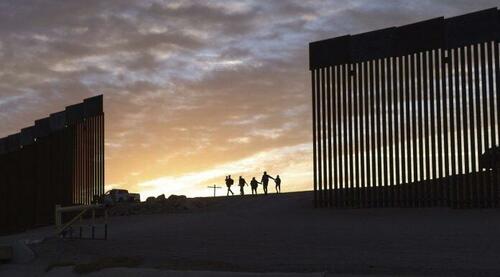In a dramatic push, Republican lawmakers worked through the night in an attempt to pass a contentious budget and border bill, often referred to as Trump’s “Big, Beautiful Bill.” The legislative session, which extended into the early hours, underscores the GOP’s determination to advance their agenda amid a deeply divided Congress.
The bill, which aims to allocate significant funds for border security and immigration enforcement, has been a cornerstone of Republican policy since the Trump administration. Despite facing staunch opposition from Democrats, who argue that the bill prioritizes border spending over critical domestic needs, GOP leaders remain resolute in their efforts to secure its passage.
Background and Political Context
The push for this bill comes amid a backdrop of ongoing debates over immigration policy in the United States. The original proposal, introduced during Donald Trump’s presidency, promised to deliver a comprehensive solution to what Republicans describe as a crisis at the southern border. However, critics have labeled it as overly aggressive and costly.
Historically, immigration has been a polarizing issue in American politics. The current bill echoes past legislative efforts, such as the 2006 Secure Fence Act, which also sought to bolster border security but faced similar partisan challenges. The current iteration of the bill expands on these earlier efforts, proposing increased funding for border infrastructure and technology.
Expert Opinions and Analysis
Political analysts suggest that the timing of this renewed push is strategic, with Republicans aiming to solidify their stance on immigration ahead of upcoming elections. According to Dr. Emily Carter, a political science professor at Georgetown University, “The GOP is leveraging this bill to rally their base, emphasizing national security and immigration control as key issues.”
Meanwhile, economic experts have raised concerns about the financial implications of the proposed legislation. A report from the Congressional Budget Office estimates that the bill would require an additional $25 billion in federal spending over the next decade. Critics argue that these funds could be better allocated to other pressing needs, such as healthcare and education.
“The proposed budget and border bill could significantly impact federal spending priorities, diverting resources from essential services to border enforcement,” noted the report.
Implications and Future Prospects
The outcome of this legislative effort could have far-reaching implications for both parties. For Republicans, successfully passing the bill would mark a significant victory, reinforcing their commitment to border security. However, failure to do so could expose divisions within the party and weaken their negotiating position in future legislative battles.
For Democrats, opposing the bill aligns with their broader platform of advocating for comprehensive immigration reform that includes pathways to citizenship for undocumented immigrants. The party’s leaders have vowed to continue resisting measures they view as draconian and counterproductive.
As the debate continues, both sides are preparing for a potential showdown in the Senate, where the bill’s fate remains uncertain. Analysts predict that the coming weeks will be critical, with intense lobbying and negotiations expected to play out both publicly and behind closed doors.
“The legislative landscape is fraught with tension, and the stakes are incredibly high,” remarked Dr. Carter. “The outcome will not only shape immigration policy but also influence the broader political climate in Washington.”
In the meantime, the nation watches closely as lawmakers grapple with one of the most contentious issues of our time. The next steps in this legislative saga will undoubtedly be pivotal, setting the tone for future debates on immigration and border security.

























